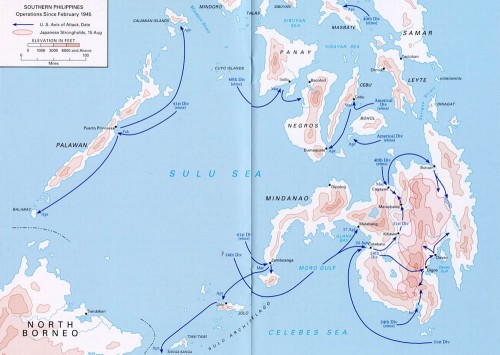It may seem weird, at our present level of technology, to think of a balloon as an international issue and a possible security threat. Balloons and dirigibles, though, have a long history in warfare and national security.
The first military use of balloons was by the French revolutionary army, which used tethered balloons for observation purposes, notably at the Battle of Fleurus (1794), where a hydrogen-filled balloon was employed. Balloons were used by both sides in the American Civil War; by this time, telegraph equipment was available to facilitate the transmission of messages back to officers on the ground.
In the First World War, balloons were used for observation, and were important in accurate targeting of the longer-range artillery that had become available, but the war also saw the first military use of lighter-than-air craft that could maneuver under their own power–dirigibles. Prior to the war, the German Zeppelin company had conducted extensive development of dirigibles and had even employed them for scheduled passenger trips within Germany. The LZ 10 Schwaben, built in 1911, was 460 feet long and could carry 20 passengers. Powered by three engines of 145hp each, it could reach a maximum speed of 47mph.
When war broke out, it was inevitable that Zeppelins would be use for military purposes. In the first raid on London, a Zeppelin dropped 3000 pounds of bombs, including incendiaries which started 40 fires. Seven people were killed. Airships became larger with heavier bomb loads, and fleets of up to 11 ships attacked the British capital city. The Zeppelins were vulnerable, though, to incendiary bullets and rockets. Climbing to higher altitudes offered some protection, as did a clever tactic in which the ship would cruise in or above the clouds, with observers situated in a basket lowered as much as a mile below its Zeppelin. But losses among the attackers were high and growing. More of these bombing missions here.
A pioneering airborne logistics mission was also attempted, with a resupply mission to the German force in East Africa which was commanded by General von Lettow-Vorbeck. The airship L-59, seven hundred and fifty feet long, was loaded with fifty tons of equipment and departed on a journey of over 3000 miles. The intent was that the airship would be cannibalized when it reached its destination with the envelope used for tents and the engines employed to power generators. Just a few hundred miles from its destination, though, the airship received a message stating that General Lettow-Vorbeck had been decisively defeated, there was no longer any point in the mission, and they should return to Germany. Which they did. It turned out that the message had been based on a British deception operation.
In the run-up to WWII, the Graf Zeppelin was used to gather signals intelligence on British radio and radar systems. Large rigid airships were not used in the war itself, the US Navy’s ships having all come to bad ends…but blimps were used extensively for antisubmarine work: 168 of them were built for this purpose. They were primarily intended as observation platforms, being eventually equipped with radar and with magnetic anomaly detectors, as well as being great visual platforms, but were also armed with depth charge bombs and machine guns. They were apparently quite effective in helping to combat the submarine menace, and only one of them was lost to enemy action.
Since 1980, tethered aerostats have been used for border surveillance and have also been employed in Iraq and Afghanistan.
Stratospheric balloons, such as the Chinese balloon that was just shot down, are used for aerial imagery, telecommunications, and weather forecasting. They have been improved in recent years, and some of them have at least some ability to navigate in desired directions by changing altitude to find winds going the right way. More here
